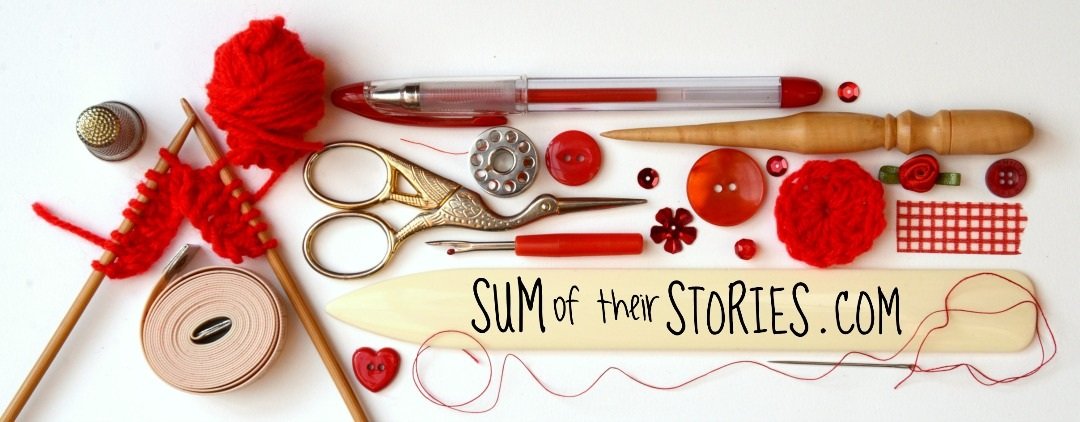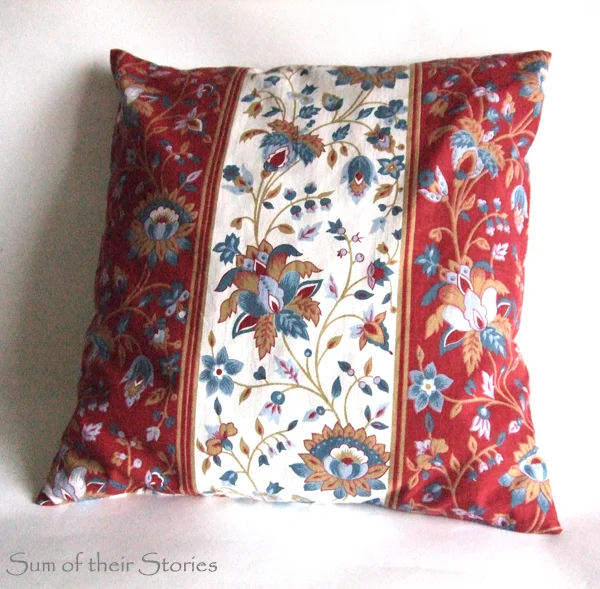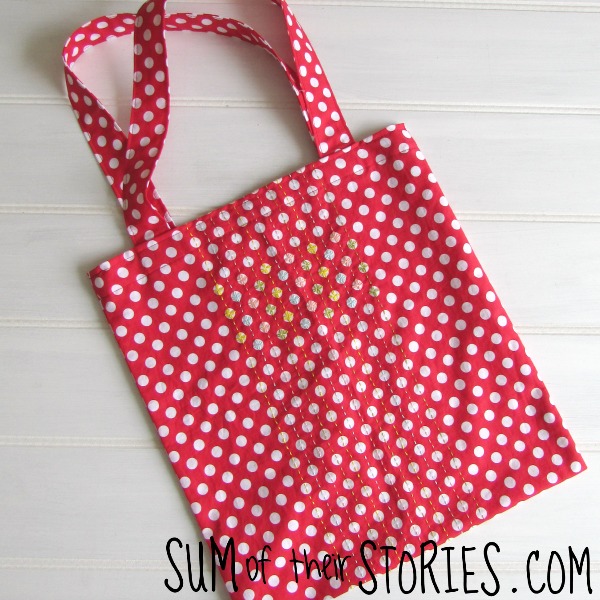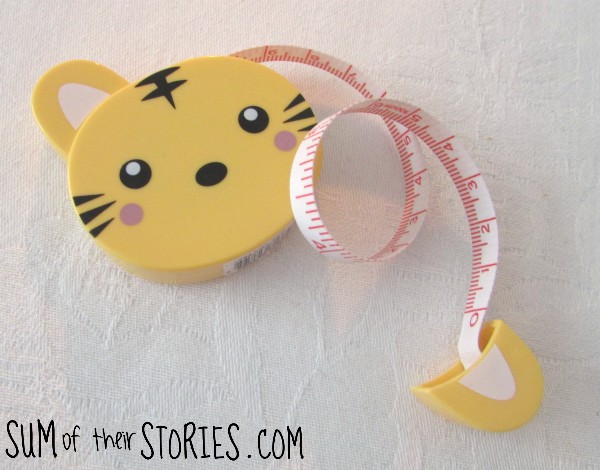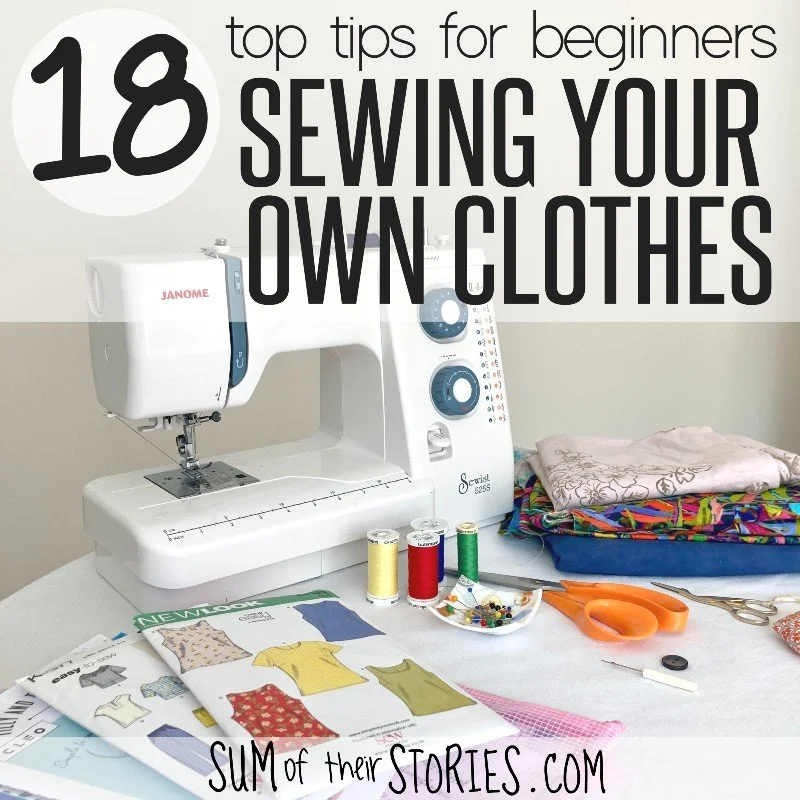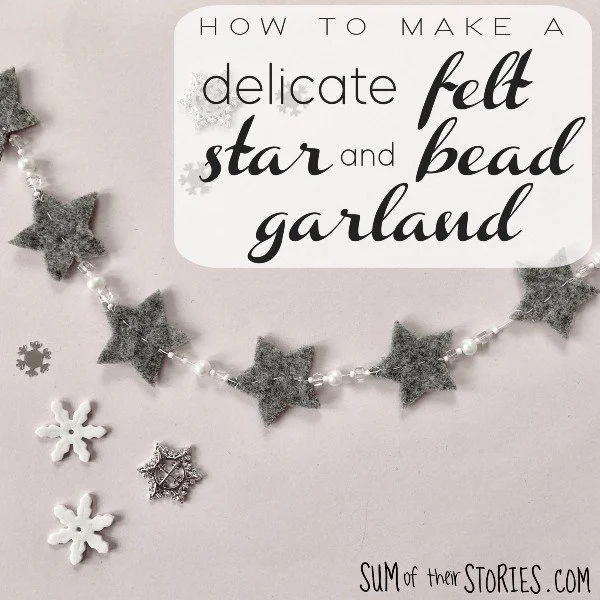What you need to get started: Sewing
/I've always sewn and come from a family of people very comfortable around a sewing machine, but I realise not everyone is. I was talking to a friend just the other day who was wanting to get into sewing and we made lists of things she would need versus things that are 'nice to have but not essential'. This is what we came up with.
Sewing Essentials
A Sewing Machine
You are going to need a sewing machine. Hand sewing is great for little or fiddly things but to make clothes, bags, curtains or anything like that you are going to need a sewing machine.
There are loads on the market and you can spend anything from just under £100 to several thousand. The choice can be overwhelming so do some research online. One useful site I found for doing some sewing machine comparisons is Crafty Hangouts, their guide to the 5 best mechanical sewing machines is a good place to start.
My machine is a Janome 525S which is a fairly basic model but it does everything I need it to do. My favourite thing about it is the built in needle threader! I suggest not overcomplicating things, but get the best you can afford. You can buy machines second hand, but I'd be wary if you are a beginner, you want learning to sew to be a fun experience not a constant tussle with your machine.
Fabric
You're going to need fabric to sew with. Charity shops / thrift stores are a great place to get fabric inexpensively to practice on. Large size dresses have loads of fabric in the to work with, bed linen is another great option. You could also have a go at refashioning anything in your wardrobe that you just don't wear anymore. Don't buy super expensive fabric to start with - you'll be too scared to cut it and it'll just be stressful if it goes wrong (which it will - that's normal, don't worry) Minerva is one of my favourite places to buy fabric online, they have a great selection from the fanciest luxury fabrics to really basic inexpensive fabrics for practicing on.
Scissors
You need a decent pair of fabric scissors. If you look after them they will last for ages. It is very important that you only EVER use them for fabric. NO PAPER - EVER! Make sure all the family know this too. I'm not kidding, all my family know I love them but if they go near anything but fabric with my good scissors ....... well I'm not sure what I'd do but it wouldn't be pretty!
I would say your main fabric shears/scissors is a good place to splash a bit of cash out. I’ve had my Wilkinson orange handled scissors since my 16th birthday (they were a gift) and I’m now 50! Pay a little more and they really will last a lifetime! Fiskars are good, so are Kai and Gingher.
You also need a pair of small embroidery scissors, ideally they will be small and sharp but you could use your nail scissors to start with and get away with it.
Thread
There are all kinds of sewing threads on the market. All purpose sewing thread is all you need to start with. Buy a good brand, Guttermans, Aurifil, Mettler or Coats, it's absolutely definitely worth the little extra you pay for it.
Patterns
Here, the internet is your friend. There are loads of patterns available for free to get you started. Sites like Threading My Way. Made by Chrissie D and Sew so Easy are all great, I have lots of ideas here at Sum of their Stories too, and check out my pinterest sewing board and get pinning!
Maybe get your confidence with some easy beginner projects like my Pocket Pack Tissue Pouch, Envelope Cushion Cover, or Tote Bag.
Once you are ready to try making clothes Peppermint Mag and Merrick Art also have some lovely patterns for free. I’m also a huge fan of the Modular Me system from Ministry of Handmade. You start with a basic free downloadable top pattern that then has loads of add ons and hacks to make a whole range of simple clothes. Ministry of Handmade have changed their Modular Me pattern and it’s now a single purchase that gets you the whole system with all the add on’s included. Obviously this makes it a lot more expensive but it is a great basic boxy top with just a bit of shaping that is really versatile.
Sewing magazines often have patterns with them and don't rule out buying patterns too. Once you are spending money on nice fabric and actually thinking about making clothes you will wear for years then investing in paper patterns is most definitely worth it.
There are a number of companies that have downloadable PDF patterns online too. Both paid and some free patterns. I like Sew Over It, Tilly and the Buttons and The Fold Line, you can just do an online search too, for more options.
Pins and Needles
You'll need some pins, they don't have to be fancy but if you can afford them glass headed pins are nicer and don't melt if you touch them with the iron. You will also need 2 types of needles. Machine needles for your sewing machine and a couple of sharp needles for hand sewing. Even with a machine there will always be some things you will need to finish off by hand.
There are loads of different machine needles, Tea and a Sewing Machine have a great article all about them here, but to start with you can use a universal 80/12. You will need a packet, as machine needles do break and go blunt after a while.
A pincushion to keep your pins in would be a great first project. This tutorial is the easiest I've found or you could try making the pincushion I made with an extra bit for sewing clips.
A Tape Measure
Measuring accurately is important in sewing so a decent tape measure is an essential. Trying to use a ruler is just not going to cut it! Here in the UK we always have cm on one side and inches on the other. Being able to work in both metric and imperial in this connected online world is an advantage, especially if you are looking at sewing blogs and websites from round the world.
My tape measure is the cutest, but you can manage with one that is not cute if you have to! Something basic like this one is fine.
An Iron and Ironing Board
I'm guessing you probably have these anyway but they are essential for sewing. When the pattern or tutorial say press, do it! It makes all the difference.
You'll also need some haberdashery items like buttons, ribbon, zips, fibre fill etc but that will depend on what you make. Again, charity shops, jumble sales and thrift stores can be a great way to pick up these kind of things cheaply.
That's it, I think that's all you NEED. But there are lots and lots more lovely things that you can buy which will make your sewing better and more enjoyable. I would suggest you make sure all your friends and family know you are now a sewist so they can get you lovely sewing accessories for your birthday/Christmas/Valentines/Anniversaries etc etc etc! You'll find you can collect quite a craft stash fairly quickly that way.
Things you don't NEED but can be really handy
Seam ripper/unpicker - you will make mistakes and need to undo them, your tiny (or nail) scissors will do but a seam ripper is better.
Different feet for your sewing machine - you might find your machine comes with a few different feet already but if it doesn't things like a zipper foot and walking foot can be useful as you progress.
Different types of machine needle - different fabric are easier to sew with the right needle.
Pinking shears - the zig zag ones, great for tidying up seams and helping to avoid the fabric fraying. I’ve had mine for 25 years and they are still going strong!
An Overlocker or Serger - those big expensive machine that do amazing shop finish edges to seams, I dream .... maybe one day .....
Tailor’s Chalk or Water Soluble fabric pen - for marking fabric.
Pressing ham or sleeve board, which is like a mini ironing board - things that make pressing with the iron a bit easier.
Rotary Cutter, Cutting Board and Quilting Ruler - easier to be accurate than with scissors but my nan and my mum both used scissors all their lives and their sewing was pretty good so not essential but preferred by many. When you are ready to go for one do get the biggest cutting board you can afford/have room for.
Are you an experienced sewer? What have I forgotten? What would you add as an essential item?
Once you are all kitted out with your essential equipment you are ready to go...exciting!
I have 2 main pieces of advice to a brand new sewer (sewist - is that nicer?)
1) Manage your expectations. Start small and simple. Don't try to make a prom dress or dress shirt straight away. Make a drawstring bag, coaster or cushion cover and then work your way up.
2) Enjoy! Sewing is fun, before too long you will be making lovely things - yay!
I’ve also checked in with all my sewing friends and compiled a list of their top tips, hints and hacks for beginner sewists wanting to make their own clothes here - 18 top tips for sewing beginners which you might find really helpful.
Julie
I'll be sharing this post at these link ups
